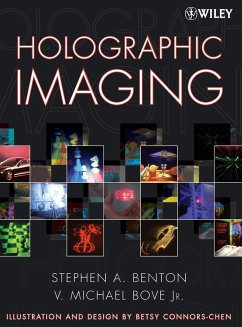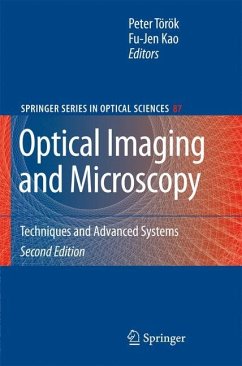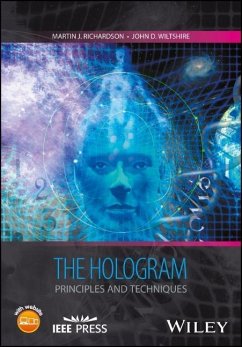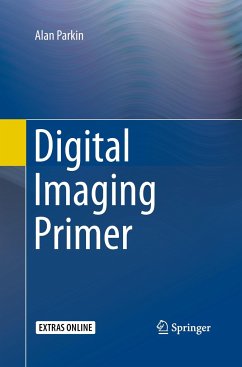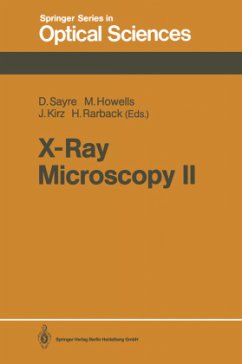
The Physics of Optical Recording
Versandkostenfrei!
Versandfertig in 6-10 Tagen
38,99 €
inkl. MwSt.

PAYBACK Punkte
19 °P sammeln!
Optics and optical recording have a long history. Already in the ancient temples of Egypt and in Stonehenge, optical imaging was used in religious ceremonies. As early as the 17th century, optical instruments such as the telescope and the microscope played a crucial role in the development of the natural sciences, which, in turn, altered humanity's perception of itself and the universe. Nowadays, the science of optics is not only a means of gathering information but, also, of information transfer, analysis and processing. Our reliance on optical computing has become crucial since 1982, when co...
Optics and optical recording have a long history. Already in the ancient temples of Egypt and in Stonehenge, optical imaging was used in religious ceremonies. As early as the 17th century, optical instruments such as the telescope and the microscope played a crucial role in the development of the natural sciences, which, in turn, altered humanity's perception of itself and the universe. Nowadays, the science of optics is not only a means of gathering information but, also, of information transfer, analysis and processing. Our reliance on optical computing has become crucial since 1982, when compact discs (CD's) first became widely available. Optical memory discs, CD ROM (read-only memory), WORM (write-once-read many) and erasable read-write discs are now produced industrially. However, WORM and erasable discs comprise only a small field of optical imaging and information processing. Recent research into optical recording introduced new horizons for optical computing and real timeinformation processing, such as, three-dimensiomil holographic memory, time-domain holography, nonlinear optical filtering, etc. The development of these unique possibilities is conceivable only with new recording materials and novel recording processes. For such progress, one should be familiar with the "pen and paper" of optical recording - the laser and the optical medium. Thus, this book will be a guide to novel applications of optical recording materials. The reader will find a description of the principles of optical recording and optical processing, which allow him to find novel applications for information storage and optical imaging.




